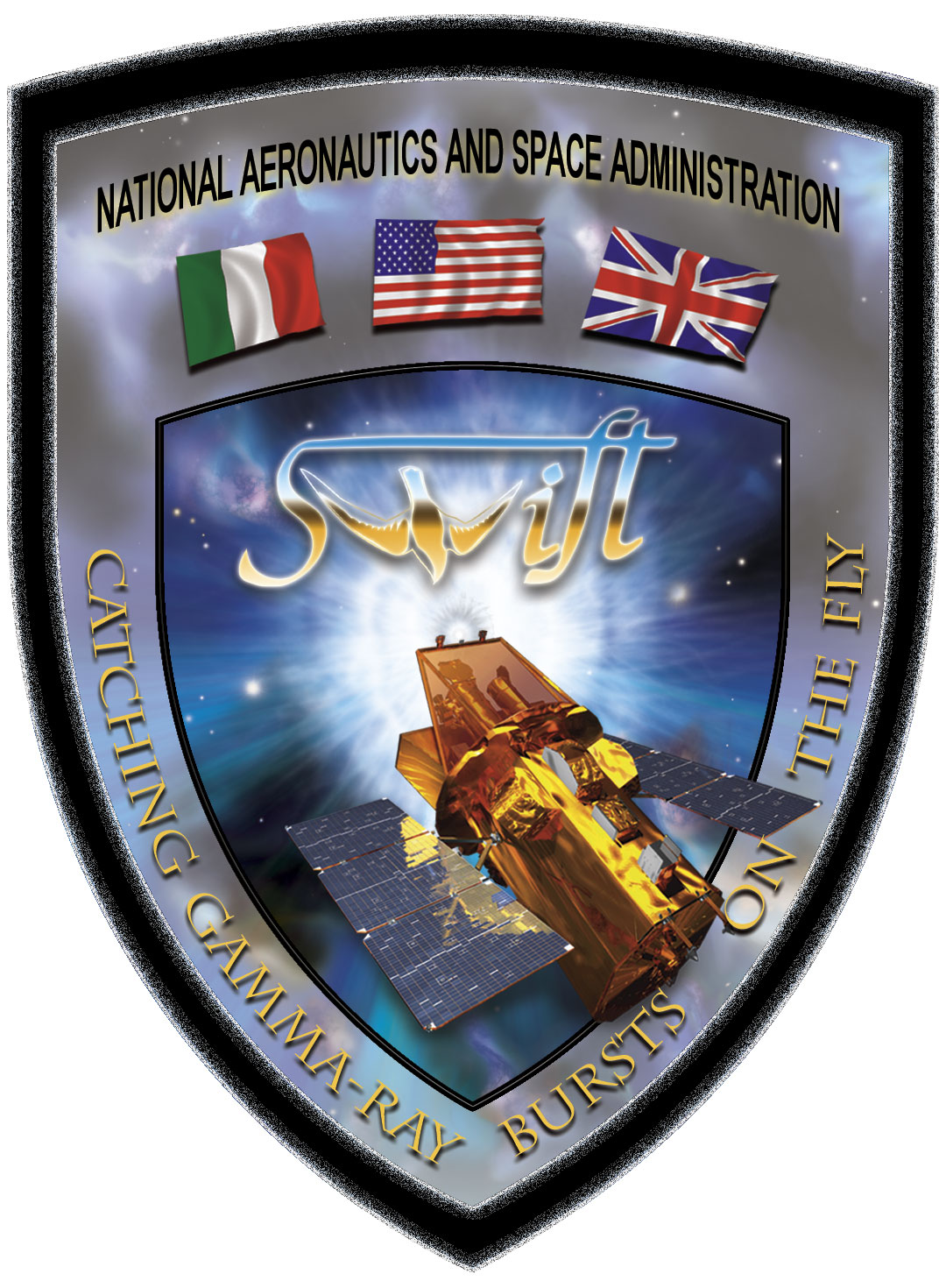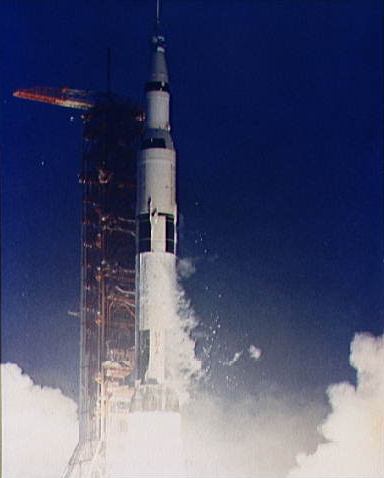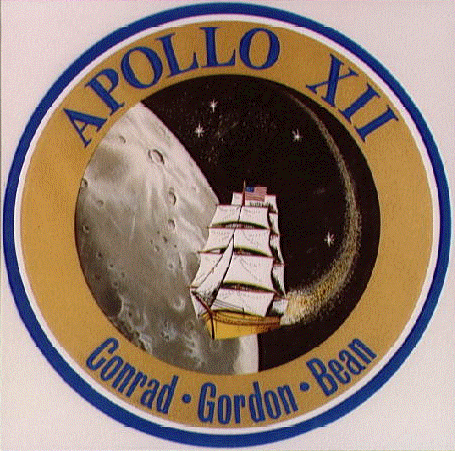This day in space history, November 21, was a busy day for launches. They were launched at five-year intervals, but still …
Today in 1964 — 45 years ago — NASA launched its first dual payload when it sent up Explorer-24 and Explorer-25 on a Scout rocket from Vandenberg Air Force Base.

(A Scout vehicle launch from 1967. National Air & Space Museum image.)
Forty years ago today, in 1969, the United Kingdom sent up its first communications satellite. Skynet-1 launched on a Thor-Delta rocket from Cape Canaveral.
On November 21, 1974 — 35 years ago — an Atlas-Centaur rocket launched from Cape Canaveral carrying the Intelsat IV F-8 communications satellite.
And 30 years ago today, in 1979, a Titan-IIIC rocket out of Cape Canaveral sent up two Defense Satellite Communication System satellites, DSCS II-13 and DSCS II-14.
We shouldn’t forget, of course, that 40 years ago today the U.S. also had astronauts returning from the moon. Mission Commander Charles Conrad, Jr., Command Module pilot Richard F. Gordon, and Lunar Module pilot Alan L. Bean made their transearth injection at 3:49 p.m. EST on November 21st, 1969.
















